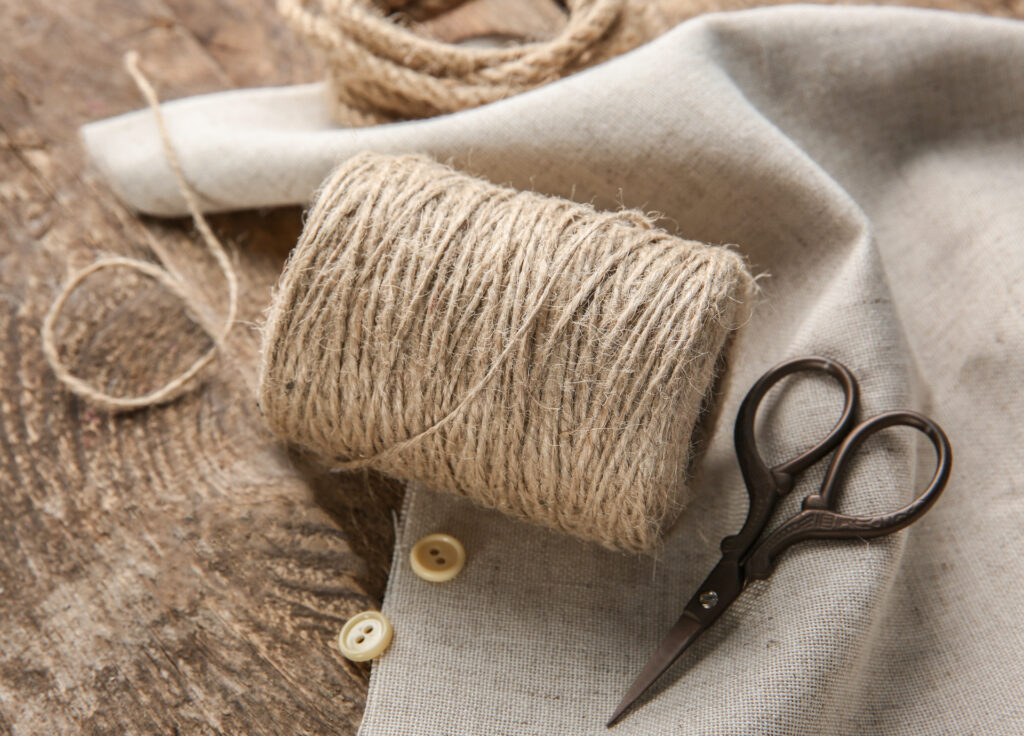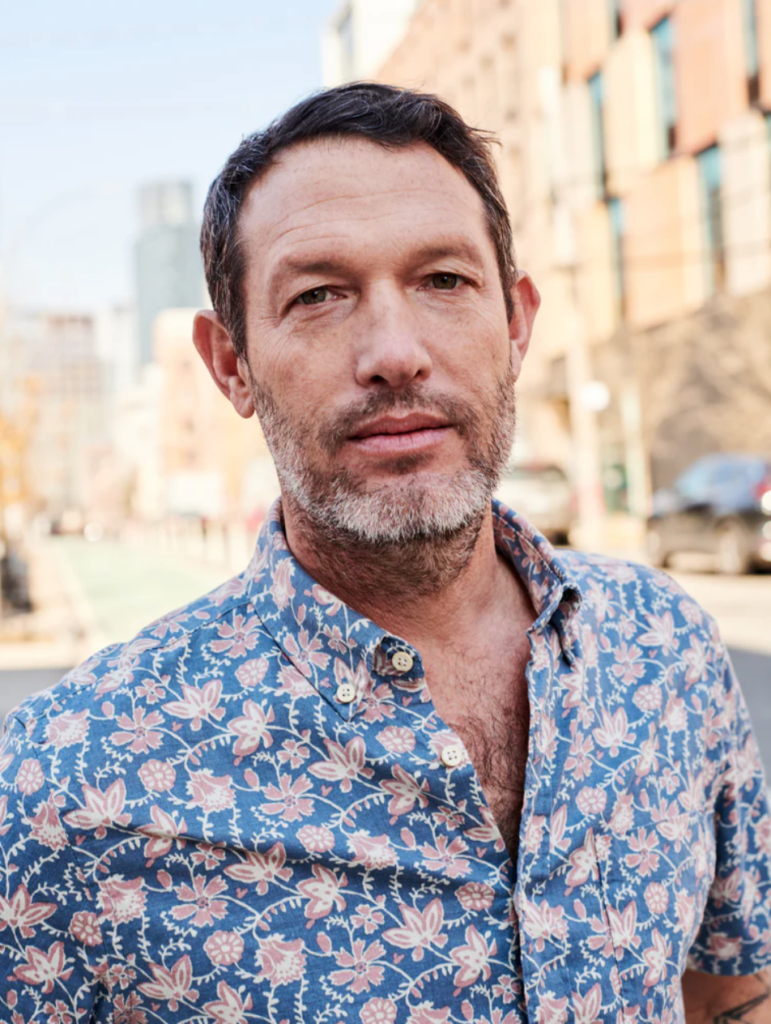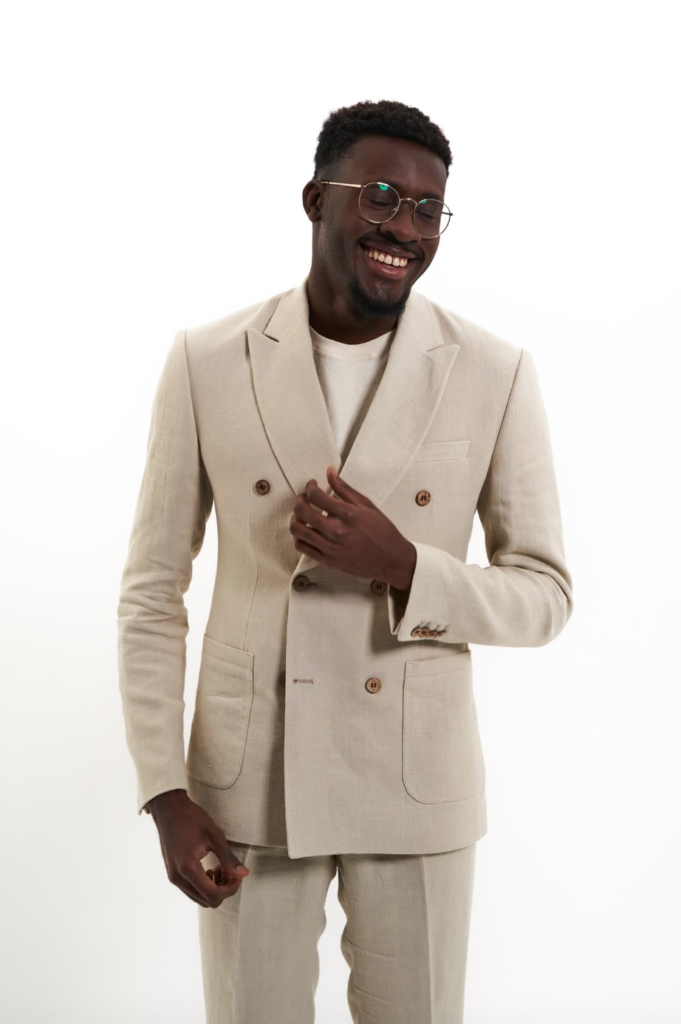
Hemp fashion is back – and not just for hippies
Few plants are as resilient and versatile as hemp. From biofuel to food, medicine to building material, humans have been growing it for thousands of years, spreading its seeds from its birthplace in Central Asia to the far corners of the world.
Today, hemp is considered to be as fashionable as it is sustainable.
One of the earliest and most enduring uses of hemp was as a textile. Around 7,000 years ago, farmers in ancient China began converting the plant’s cane fibers into a fabric to use in the fields for its robustness and thermal properties.
It quickly became one of the most traded commodities in the region until Indian cotton began to spread to markets in the 13th century.
The History of Hemp in the USA

Even through centuries of shifting geopolitics, hemp has been commonplace and widespread. President George Washington grew it at home. The first US flag was made from it. Even Reefer Madness couldn’t extinguish its usefulness.
During World War II, a national propaganda film – Hemp For Victory – invited American farmers to plant this crop in their gardens for the military to make rope for the Navy.
But as new technologies emerged, hemp fabric was slowly being overtaken by new materials—wool, denim, and synthetics like nylon, to name a few—and no longer in vogue. Fewer people used it each year, and those who did were mostly field workers, hippies, or back-to-the-land movements who valued organic textiles.
The resurgence of textile hemp
The passage of the 2018 Farm Bill in the US made it legal to grow hemp with less than 0.3% THC. Since then, more and more fashion brands have embraced the hemp plant, praising its inexpensive, long-lasting, antibacterial, and UV-resistant properties. And we’re not talking baggy pants and baggy shirts here; Today, hemp is considered to be as fashionable as it is sustainable.
We’ve scoured the globe looking for companies incorporating hemp into their designs and these are some of our favorites. Here’s what’s trending.
Patagonia

The king of outdoor fashion has followed the call. Patagonia takes its commitment to the planet very seriously, so much so that they have developed an entire line made from hemp blended with organic cotton, recycled polyester and lyocell, which is derived from tree pulp.
From breathable shorts to chic vests and retro overalls, Patagonia has created garments ranging from athletic wear to workwear that highlight the resilience and benefits of this natural fiber (which uses little water and doesn’t require synthetic fertilizers to grow).
8000 kicks

“It all started as a joke,” says Bernardo Carreira, founder of 8000 Kicks, when asked about the company’s beginnings. “We didn’t take it seriously at first, but as we started to find out more about the plant and its properties, we understood that it was a game changer. Hemp had the potential to transform the fashion industry.”
Splitting his time between Portugal and the US, Carreira has made 8000 Kicks a leader in the sustainable footwear industry. Now he takes over the luggage. Their latest release is this waterproof and expandable backpack – perfect for the metropolitan and the adventurer alike.
hemp and hope

What we love about this brand – besides the fact that their ethos focuses on slow fashion and supports workers in the Himalayas who make all their pieces by hand – is that three trees are planted for every order.
The earthy feel of Hemp and Hope’s clothing carries the energy of Pokhara and Kathmandu, where skilled seamstresses use sustainable hemp fibers from Bajura and Baglung, spun through traditional techniques that have endured for centuries.
Related
We tried “CBD-infused clothing” to see if it made a difference
Astral

Since its creation in 2002, Astral had the idea to design a line that invites its users to explore the wilderness with the least environmental impact.
In 2020, with the plastic crisis sweeping rivers and oceans, the company decided to incorporate hemp into most of its footwear uppers, including its chukker boots. Made with 77% hemp, 23% recycled polyester and a rubber sole, this shoe has become an Astral icon and a favorite of surfer Garret McNamara, one of their top ambassadors.
Faherty

Founded by brothers Alex (a former football player at Yale) and Mike (a fashion designer from Washington University), this family-run business uses primarily sustainable and recycled fibers – 85% of all its materials – including hemp, which is mixed with non-toxic dyes.
Faherty has also vowed to replace its plastic packaging with eco-friendly paper bags. The vibe: west coast surfers meet laid-back urban explorers.
hemp goggles

These spectacles will make you reconsider the way we look at hemp. This Edinburgh-based company has turned hemp into sustainable eyewear made from 100% plant-based materials.
Hemp Eyewear offers a Hempcare free-for-life repairs program and a recycling policy that guarantees any manufacturing or material defects, or breakage, will be repaired free of charge.
If the frame is too badly damaged to be revived, the company will recycle your glasses and offer a discount (up to 30%) on a new pair of glasses. And if you don’t like any of the available models, you can opt for the customizer, which allows you to customize the color of the frame, temples and lenses (and give it a little extra pizzazz with personalized text).
Related
5 times Rihanna has perfected stoner fashion
By Ionescu

When it comes to fashion, few think of Romania as a reference point – but Ionuț Rus is changing that. The founder of De Ionescu is disrupting the menswear scene with tailored suits made from 100% hemp fiber in Transylvania, after a “neo-ethnic” Approach to be handmade.
“In the way that old stories are told in a new light, we are cultivating a very old tradition by adapting it to the contemporary Silicon Age lifestyle,” says Ionuț. “We dream of weaving a new normal by bringing hemp back to life around the world.”
According to archaeobotanical research, Thracian tribes inhabiting Romanian territory used the hemp plant, a legacy that De Ionescu honors in each of his bohemian and elegant suits.
manastash

Despite the long history of cannabis in Japan (Shinto Buddhists used it for incense and to make robes and rope), Prohibition turned cannabinoids into hard drugs.
Manastash takes care to improve the plant and its reputation through sustainable outdoor clothing. Originally founded in Seattle in 1993, the company is now based in Tokyo, but the spirit of the Pacific Northwest remains in each of their garments, ideal for climbers and hypebeasts alike.
Santiago Rodríguez Tarditi
Santiago (@srtarditi) is a Colombian-born journalist focused on reporting on drug policy reform, cannabis culture and the psychedelic renaissance. He is co-founder of @intu.rituals, a CBD company owned by BIPOC/Latinx.
Check out the articles by Santiago Rodriguez Tarditi
By submitting this form, you are subscribing to Leafly news and promotional emails and agreeing to Leafly’s Terms of Service and Privacy Policy. You can unsubscribe from Leafly email communications at any time.

Post a comment: